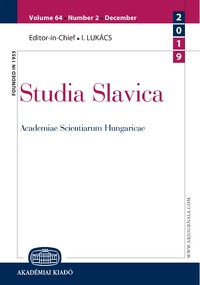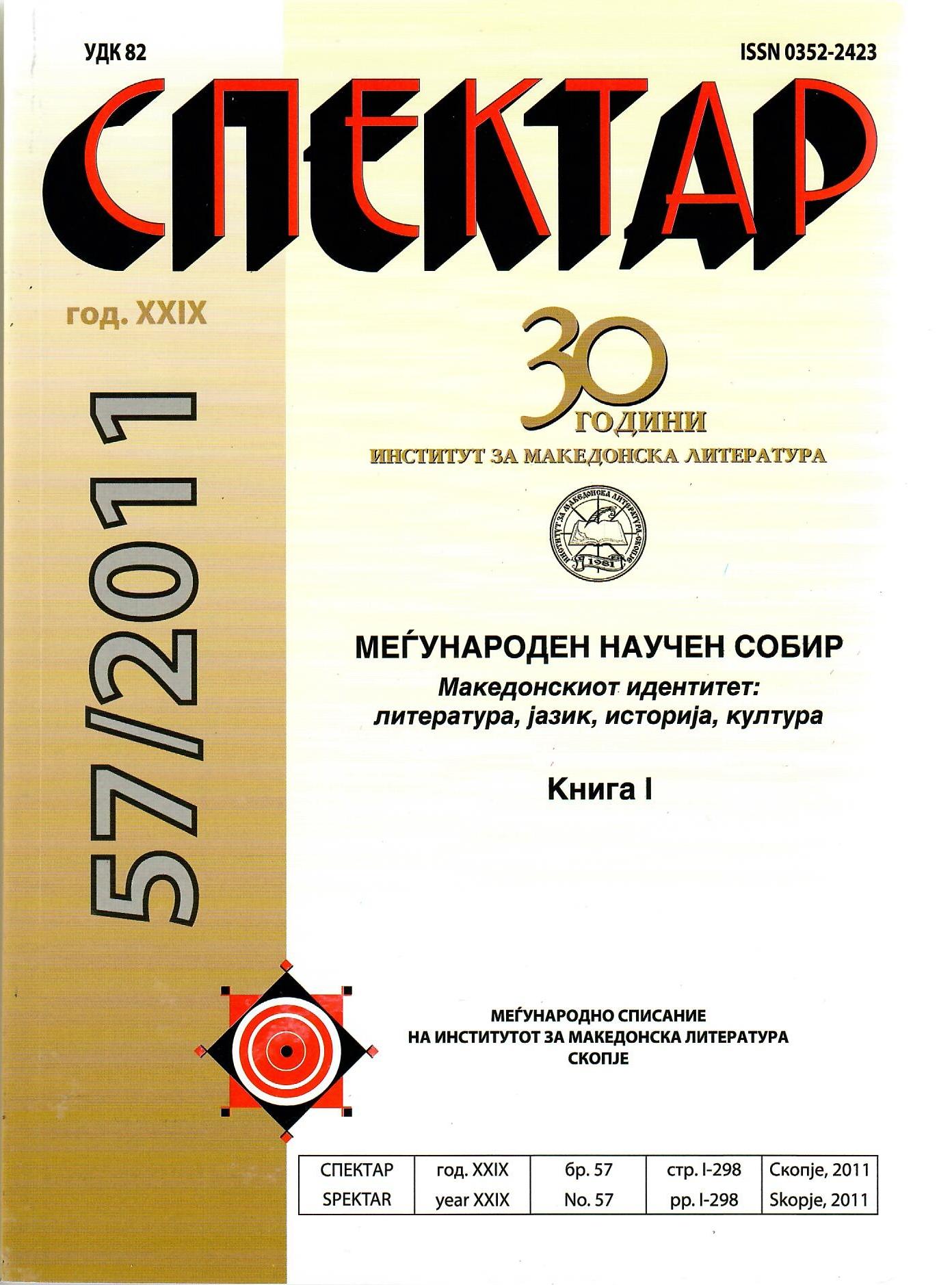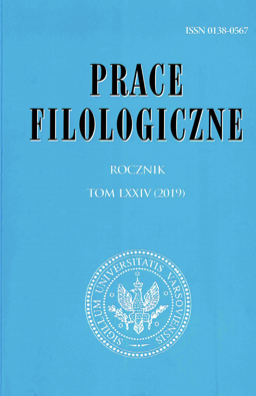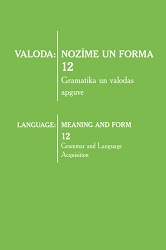IŠ LIETUVIŲ DIALEKTOLOGIJOS RAIDOS
This article provides a brief overview of research interests in dialectology and discusses some aspects of the classification of Lithuanian dialects. The first part of the article focuses on research interests in Lithuanian dialectology and their development and compares them to with the tendencies in Western dialectology. There are two dominant interests in traditional Lithuanian dialectology, i.e. linguistic and prescriptive. In addition, methodological research approaches have also been established in linguistic dialectology. It is possible to distinguish two clear approaches. The first one could be labelled traditional because it is governed by the atomistic research principle; the main focus in it is on listing specific linguistic peculiarities, sometimes researchers provide diachronical accounts. The dominant role in these studies is played by linguistic geography and research is carried out in accordance with the “pure dialect” principle. The second approach is structural dialectology. Its key characteristics are the application of structural methods, conduction of experimental studies, dominance of the principle of dynamic synchrony, and attention to variants. In comparison to the European dialectology, the interests of the Lithuanian dialectology are narrower. The dominant interest is linguistic, in which the largest part is occupied by descriptions of (sub-)dialects and studies of concrete levels of language (phonology, morphology, syntax). However, there are works which can be ascribed to other models rather than just purely linguistic, i.e. there are studies in perceptive dialectology as well as sociolinguistics. One of the most important goals of the history of Lithuanian dialectology is to create an exhaustive model of the interests of dialectology which would not only reflect the development of dialectology but also highlight the key peculiarities of its development and indicate the most significant transformations of the model. The second part of the article provides a critical overview of the classification of Lithuanian dialects. Considerable attention is paid to the controversial aspects of the classification, especially to terminology. Instead of the three-class system, the article proposes a four-class system of terms: tarmė is a hyperonym, patarmė is a hyponym with respect to tarmė and a hyperonym with respect to šnekta, šnekta, in its turn, is a hyponym with respect to patarmė and a hyperonym with respect to pašnektė. Concrete terms of patarmė, šnekta and pašnektė are equonyms. All these terms are classificatory because the dialectological units that they denote are distinguished according to certain linguistic feature (or features). In addition, they also cover a concrete territory. An exhaustive structure of the terms is presented in Figure 12 (see Appendix). In addition, the article discusses three topics related to the classification of dialects: a) the question of the boundaries of individual sub-dialects (šnektos); b) the question of the differential features of sub-dialects (šnektos); and c) the internal, more detailed classification of individual sub-dialects (šnektos). Even a rather general analysis of the classification of contemporary Lithuanian dialects has demonstrated that there is no necessity to change or transform its foundational model. Certainly, this classification is already in part historical since it is based on the synchronic model of dialects made in the 7th decade of 20th century. On the other hand, in publishing the Reader of Lithuanian Dialects (“Lietuvių kalbos tarmių chrestomatija”) its authors did not see the need to update the classification, which shows that it fits the scientific (and academic) level of contemporary dialectology. The review of the classification revealed one clear point which is not new and which depends not so much on the classification but rather on linguists that use it. It is the issue of the usage of terms. Considerable ambiguity/polysemy regarding the usage of terms tarmė, patarmė, that has been noticed to be establihed in Lithuanian dialectology. If a detailed classification (i.e. internal classification of individual dialects) were specially created, the guiding principles for researchers should be structural methods and the method of the frequency of phonemes which has proven efficient in practice. Keywords: classification of Lithuanian dialects; dialectology; the term "tarmė"; the term "patarmė"; sub-dialects; the term "šnekta"; the term "pašnektė"
More...










